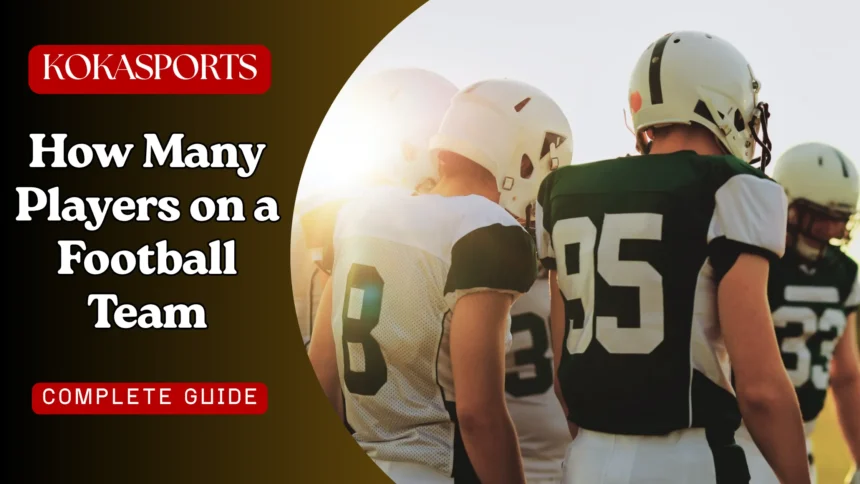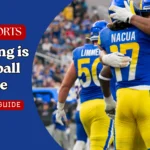Have you ever wondered how many players on a football team? If you watch american football, you’ve probably noticed that 11 players take the field at a time. But the real answer to this question is much more interesting than that! The actual size of a football team depends on which level you’re talking about — whether it’s the NFL, college, high school, or youth leagues.
Here’s something that surprises many people: while only 11 players on the field compete at any moment during a play, the total number of players on a team is much larger. In fact, professional teams can have over 50 players ready to compete. In this guide, we’ll explore everything you need to know about players on a football team at every level, from the biggest professional leagues to youth organizations.
By the end of this article, you’ll know how american football teams organize their players on the field, what a 53 players roster looks like, and why team sizes vary so much across different levels of play.
How Many Players on a Football Team?
The answer to this question depends on whether you’re asking about the players on the active roster or just the ones players on the field during the game.
For players on the field: Exactly 11 players per team compete at once in american football.
For total roster size: The numbers change dramatically based on the level:
- NFL teams: 53 active players plus 16 players on the practice squad
- College football teams: 85 scholarship players plus walk-ons
- High school football teams: 30 to 80 players
- Youth football: 7 to 11 players
Let me explain the difference more clearly. When you watch an NFL game, you see 11 players on each side battling it out. But behind the scenes, there are many more athletes preparing, practicing, and waiting for their chance to play.
Read More: How Many Players Are in American Football Team? Full NFL Roster and Football Team Breakdown
Why Are There 11 Players on the Field in American Football?
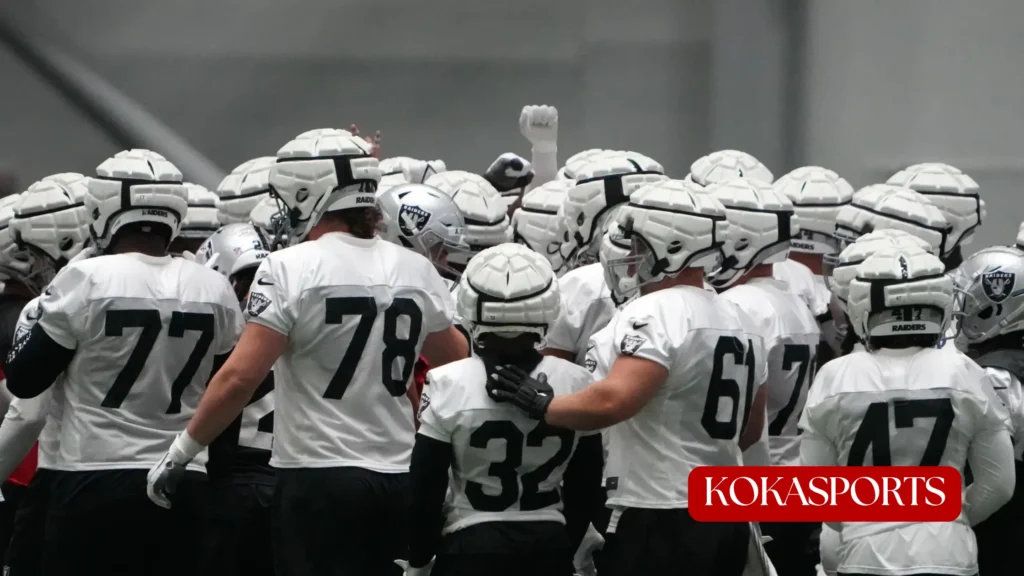
The number 11 offensive and 11 defensive players wasn’t chosen randomly. This rule developed from the early days of american football in the 1880s. Back then, teams needed enough players to handle all the different jobs on the football field, but not so many that the game became confusing.
Think about what needs to happen during a play. On offense, you need a quarterback to throw, players to catch passes (like a wide receiver), and an offensive line to protect everyone. On defense, you need a defensive line to stop runs, linebackers in the middle, and defensive backs covering receivers. With 11 players on each side, teams can cover all these responsibilities.
Compared to other sports like soccer (11 per side) and rugby (15 per side), american football found its sweet spot with this number.
Players on the Field vs. Full Roster Explained
This is an important distinction that confuses many fans. When someone asks “how many players are on a football team,” they might mean two different things.
On the field: 11 players per team play at once. This includes:
- 11 offensive players working to move the ball forward
- 11 defensive players trying to stop them
- 11 players who handle special teams (kicking, punting, and returns)
On the full roster: The entire group of athletes employed by the team.
During an american football game, these players rotate in and out. A quarterback might stay in for most offensive plays, but a defensive player might only play on specific situations. This offensive and defensive rotation means you need backups ready for every position.
NFL Team Roster – How Many Players Are on an NFL Team?
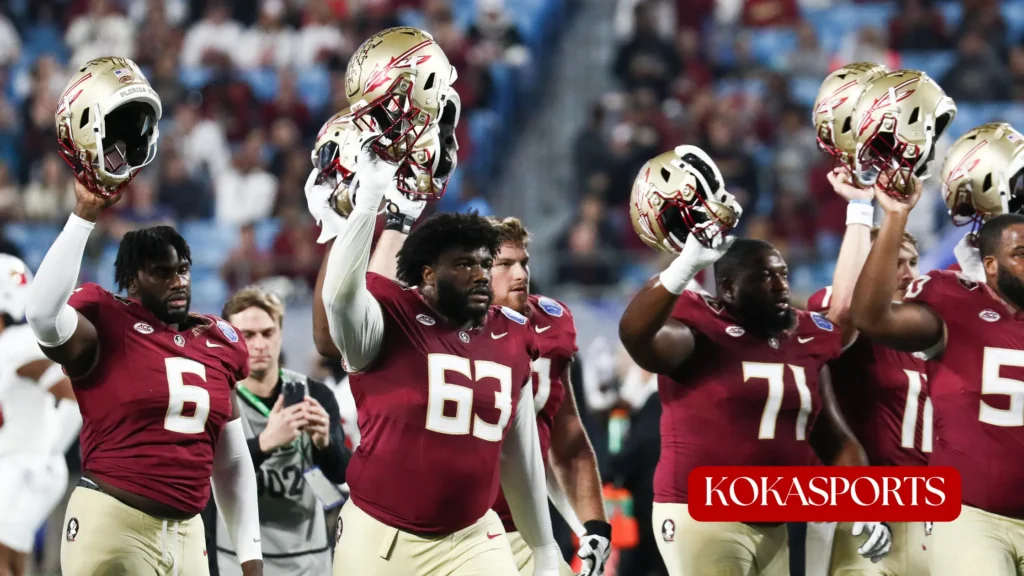
Let’s dive into professional football. The NFL has the most defined rules about team sizes, and it’s where you’ll find the largest rosters.
The 53-Man Roster
An NFL team can have 53 players on their active roster during the regular season. This is sometimes called the 53-man roster, and it’s the official maximum. Additionally, the NFL allows 16 players on a practice squad — these are backup players developing their skills.
On game day, an NFL team can only suit up 46 active players. This means 48 players from the main roster become inactive players who don’t dress for that particular football game. Coaches must choose carefully which players they want available for each match.
Breakdown of NFL Positions
Here’s how a typical NFL active roster breaks down:
| Position Group | Typical Number |
|---|---|
| Quarterbacks | 2-3 |
| Running Backs | 4-5 |
| Wide Receivers | 4-5 |
| Tight Ends | 2-3 |
| Offensive Linemen | 8-10 |
| Defensive Linemen | 5-6 |
| Linebackers | 4-5 |
| Defensive Backs | 4-5 |
| Specialists (Kicker, Punter, Holder) | 3 |
| Others (Practice Squad Call-ups) | Varies |
The quarterback is the most important player because a team might have two starting-caliber quarterbacks, but only one can play most offensive plays. Similarly, a team might have five players on the roster at certain positions.
What Is the NFL Practice Squad?
The practice squad operates like a farm team within professional football. These 16 players are employed by the NFL franchise but typically don’t suit up for games. Instead, they practice with the team and prepare to step in when injuries occur.
Here’s how the practice squad works:
- Practice squad players practice with the team throughout the week
- They can be promoted to the active roster if an injury happens
- Other NFL teams can sign them, but they must do so in a specific way
- During the football season, teams use the practice squad to develop young talent
This system lets NFL teams keep more than 53 players under contract while following the roster limit rules.
NFL Game Day Roster Explained
On game day, things get interesting. While a team has 53 players on the active roster, only 46 active players can actually dress for the game. The remaining seven players become inactive players.
Which 48 players suit up? Coaches consider:
- Player health and injury status
- Whether they might play in that specific NFL game
- Special teams needs (you need experienced defensive players for special teams coverage)
- Matchups against the opposing team
This strategic decision-making is why coaches are like military generals planning battles!
College Football Team Roster – How Many Players on a College Football Team?
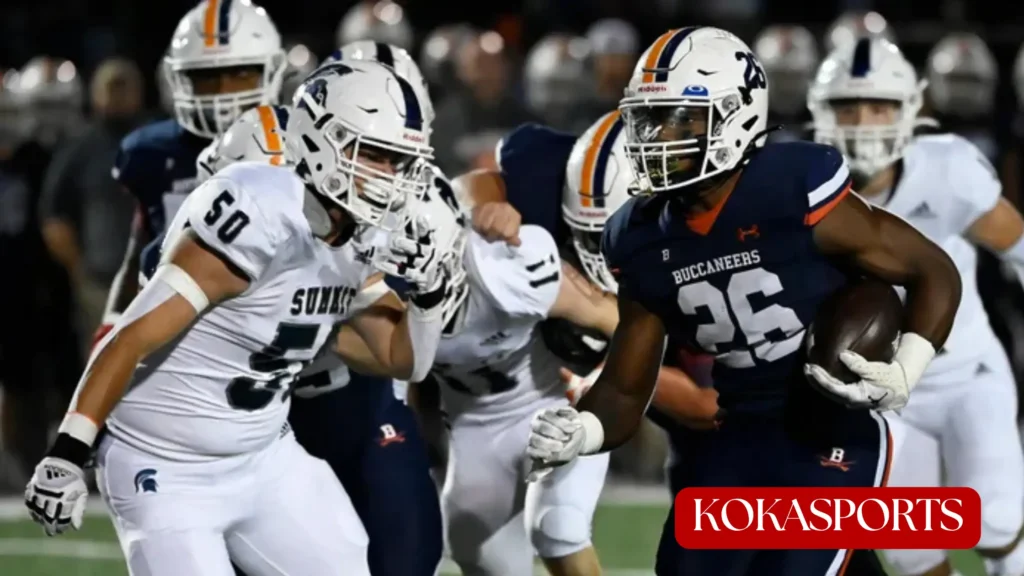
College rosters look very different from professional football. College football teams are much bigger than their NFL counterparts, sometimes with 90 players or even 100 players total.
Scholarship and Walk-On Players
Most college football programs offer 85 scholarship players. These are athletes receiving educational funding because of their football abilities. Beyond that, schools can add “walk-on” players — college students who try out without scholarship offers.
The total roster size for a major college program might include:
- 85 scholarship players
- 20-30 walk-on players
- Sometimes over 100 players on a single team
Why do college teams have larger rosters? Several reasons:
- Younger players need more development time
- Injuries affect smaller talent pools more severely
- Teams practice more throughout the year
- Schools want to give more students opportunities to compete
- The depth allows for more specialized training
How Many Players Travel for College Football Games?
Here’s something different from the NFL: college football teams don’t bring their entire roster to away games. NCAA rules limit travel rosters to around 70 players for road games. This number protects travel budgets and ensures that only the most likely contributors make the trip.
Home games might have the full squad available, but away games require tough roster management decisions.
High School Football Teams – How Many Players on a High School Football Team?
High school football teams vary wildly in size depending on the school. A large suburban school might have 80 players or more, while a small rural school might field just 30 players.
The number of players affects how the game is played. In a program with many athletes, coaches can use specialization — having separate players for offense and defense. In smaller programs, many players work on both offensive and defensive duties.
Some high school football teams in smaller communities play 8-player football or even 6-player football instead of the standard 11 players per side. These variations keep the sport playable for schools without enough students.
Why Team Size Matters
Roster size determines:
- Whether players play both offense and defense
- How tired players get during a game
- What strategies coaches can use
- The quality of coaching staff needed
A team with 22 players (11 offense, 11 defense) might have the same 22 players on the field play both ways — offense and defense. A larger roster allows specialized players.
Youth Football and Smaller Leagues
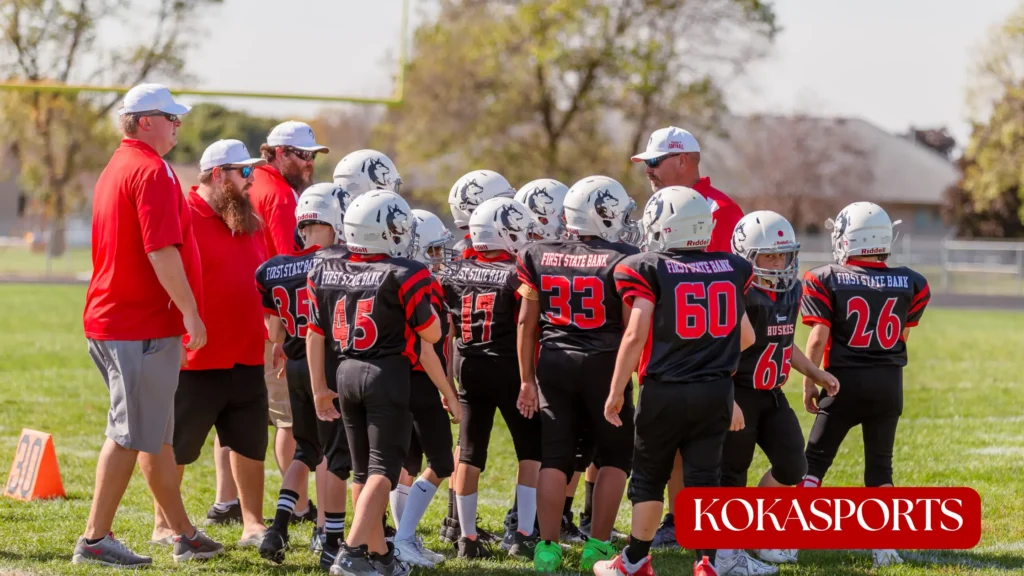
Youth football operates on completely different principles. Teams might have only 7 players per side, and some leagues use flag football instead of tackle football.
These smaller formats exist for important reasons:
- Safety: Younger players are more fragile
- Development: Everyone gets playing time
- Accessibility: Less equipment needed
- Learning: Simpler game is easier to understand
A typical youth football league might have each team field seven players at a time with a roster of just 15-20 total players.
American Football Team Positions and Roles
Understanding football positions helps explain why you need so many players on a team. Each role demands specific skills and strength levels.
Offensive Positions Explained
The offense needs specialized athletes:
- Quarterback: Throws the ball and leads the offense (often 2-3 on roster)
- Running Backs: Carry the ball and catch short passes (4-5 on roster)
- Wide Receivers: Catch passes far downfield (4-5 on roster)
- Tight Ends: Hybrid players between receiver and blocker (2-3 on roster)
- Offensive Linemen: Five players who protect the quarterback and create running lanes (8-10 on roster)
The offensive line is especially important because you need strong, athletic big men to fill those five players positions plus backups.
Defensive and Special Teams Units
On the defensive team, you have:
- Defensive Linemen: Tackle at the line (4 players to 6 on roster)
- Linebackers: Play behind the defensive line (4-5 on roster)
- Defensive Backs: Cover wide receiver routes (4-5 on roster)
- Specialists: Kicker, punter, and holder for field goal attempts (3 on roster)
Modern football also requires specialists for field goal kicks, extra points, and punts. These three specialists might seem like just two players (kicker and punter), but backup options exist.
Comparing Football Team Sizes Across Levels
| Level | Total Roster | Players on Field | Special Features |
|---|---|---|---|
| NFL | 53 + 16 practice squad | 11 + 11 | Most specialized |
| College | 85+ including walk-ons | 11 + 11 | Largest rosters |
| High School | 30-80 | 11 + 11 | Varies by school |
| Youth | 15-20 | 7-11 | Less specialized |
This progression shows how football team structure adapts to different competition levels. The highest level (NFL) has the most players on the active roster and specialization. The lowest levels have fewer players on a team and more versatile athletes.
Key Differences Between NFL, College, and High School Football
NFL advantages:
- Each player specializes in one role
- 53 players on the active roster allows perfect position fits
- 16 players on practice squad for backup development
- Unlimited substitutions and specialists
College football advantages:
- Larger rosters create depth
- Young players on each side get developing chances
- Travel rosters are limited to control costs
- Scout teams provide opponents for practice
High school football reality:
- Players often play multiple positions
- Smaller rosters mean less specialization
- Many athletes pull “double duty” on offense and defense
- Community focus rather than professional development
Conclusion
Let’s wrap up what you’ve learned:
- 11 players on the field per side in american football
- NFL teams have 53 players on the active roster plus 16 practice squad players
- College football team rosters include 85 scholarship players plus walk-ons
- High school football teams range from 30 to 80 players
- Youth football uses smaller rosters (7-20 players)
Football team structure shows the complexity of professional sports. Whether you’re watching your local high school football game or an NFL game on television, knowing how many athletes are involved and why gives you deeper insight into the sport.
The beauty of american football is how it scales from 11 players competing on the field at any moment to complete organizations with over 100 players when you count everyone involved. From the quarterback leading the offense to the wide receiver catching field goal attempts for practice, every member of the football team serves a purpose.
Next time you watch a game, look beyond the 11 players per team on the field and think about the entire roster making it all possible!
FAQs
How long do football games last?
NFL games last about 3-3.5 hours (with 60 minutes of actual play).
Are soccer games 90 minutes long?
Yes, soccer matches are 90 minutes long (two 45-minute halves).
How long does a UK football game last?
UK football (soccer) matches last 90 minutes, same as standard soccer worldwide.
What time does a 3pm game finish?
A 3pm kickoff typically finishes around 5-5:30pm, depending on stoppages and halftime.
How many players are allowed on the football field at once?
Exactly 11 players on each side — 11 offensive players on the attacking side and 11 defensive players defending.
How big is an NFL roster?
53 active players plus 16 practice squad members equal about 69 total, though only 46 active players suit up for each game.
How do two players substitute for each other?
Between plays, players can come off the field and new players go onto the field. This happens instantly and constantly during a football game.
Why does american football have different team sizes at different levels?
Professional football needs specialized experts. College football develops young talent. High school and youth football emphasize participation and safety.

